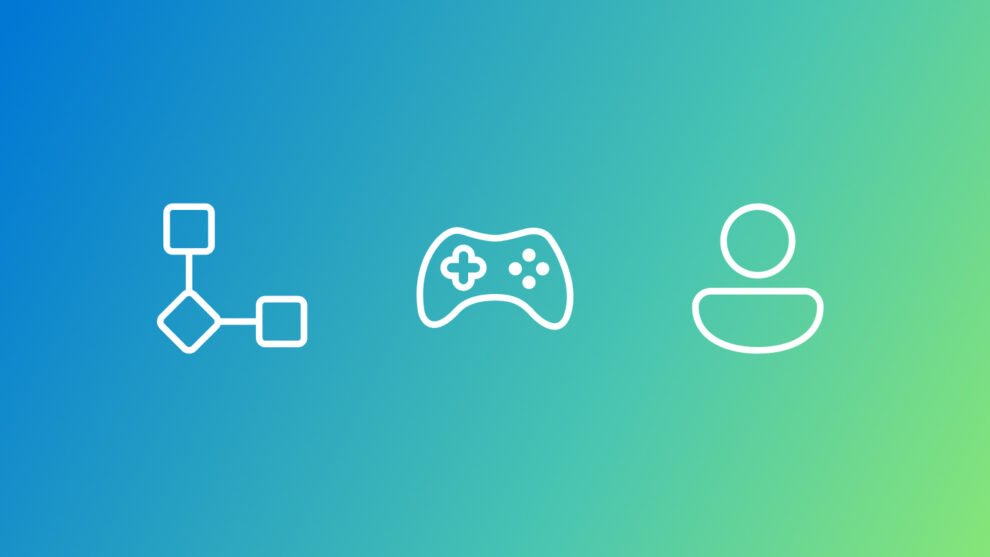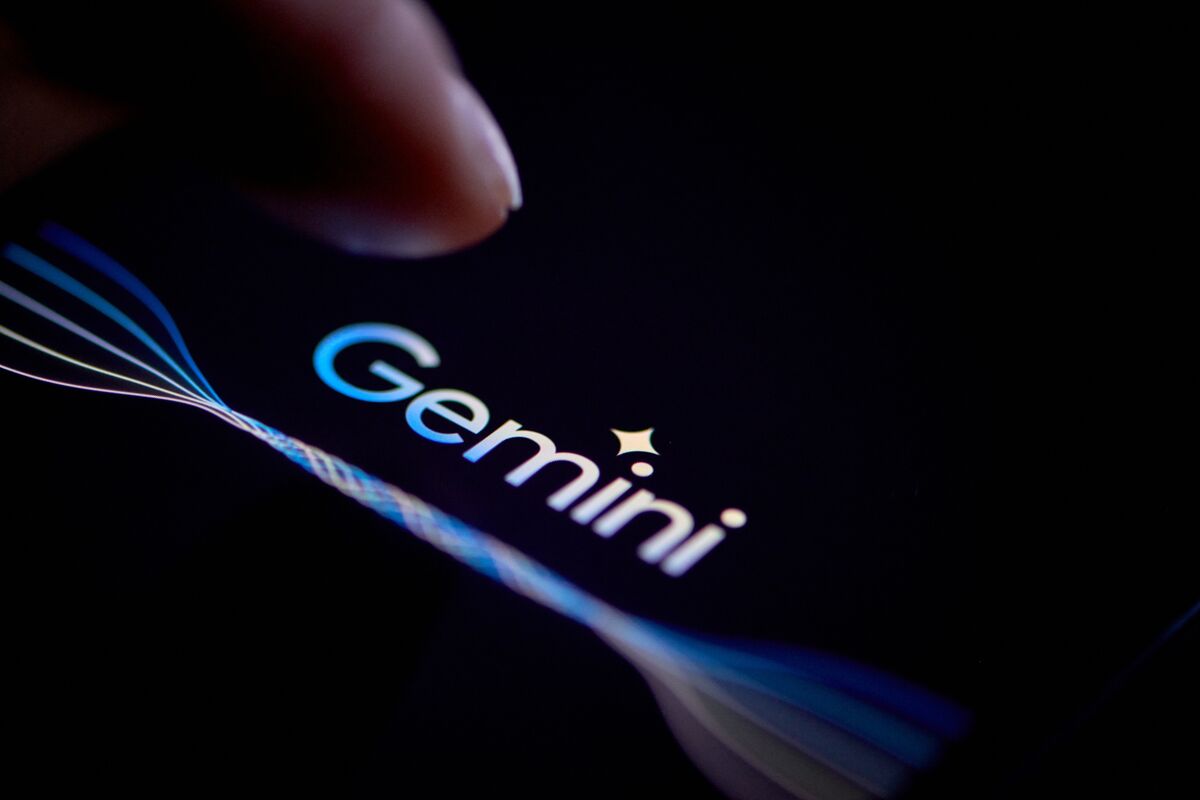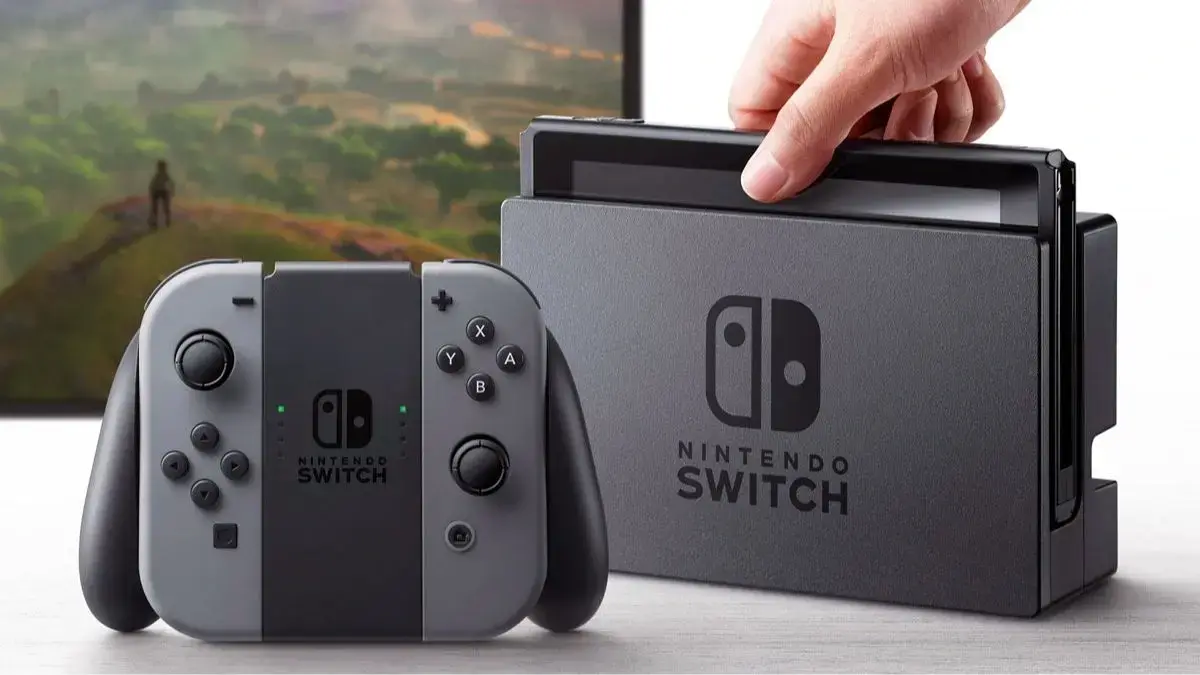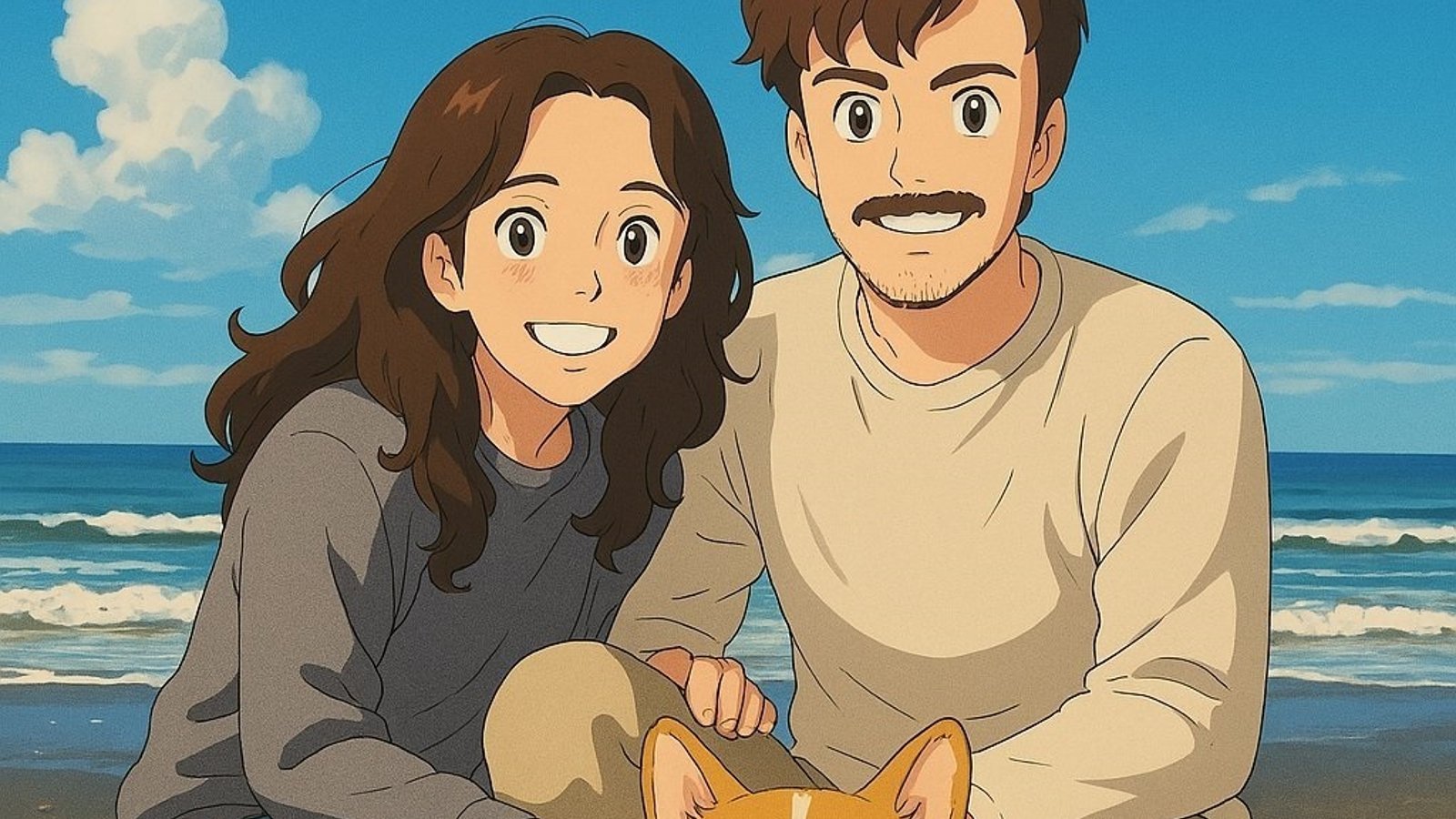Game development just got a significant boost. A new generative AI model, named Muse, is now available to assist developers with gameplay ideation. This tool promises to change how game designers approach the creative process. Muse allows for rapid exploration of concepts, potentially leading to more unique and engaging game experiences.
Muse works by taking initial ideas and prompts from developers. It then generates a variety of related gameplay mechanics, level designs, and even narrative elements. Developers can refine these suggestions, combine them, or use them as inspiration for entirely new concepts. This interactive process fosters a collaborative environment between human creativity and AI assistance.
The development of Muse stems from a growing recognition of AI’s potential in creative fields. While AI has long been used for tasks like asset creation and testing, its role in core game design has been limited. Muse aims to address this gap, providing a tool that directly supports the initial stages of game development.
Early testing shows promising results. Game designers using Muse report a significant increase in the speed of their ideation process. They also note that the AI often suggests unexpected combinations of mechanics, pushing them beyond their usual creative boundaries. One developer, speaking on condition of anonymity, shared that Muse helped them overcome a creative block they had been facing for weeks. “I was stuck on a particular design problem,” they explained. “Muse offered a solution I would never have considered on my own.”
Muse differs from other AI models in its specific focus on gameplay. While other models might generate art or music, Muse is trained on a massive dataset of game designs, mechanics, and player behaviors. This specialized training allows it to understand the nuances of game development and generate relevant and practical suggestions.
The team behind Muse emphasizes that the AI is meant to be a tool, not a replacement for human creativity. “Muse is designed to augment the creative process, not automate it,” a lead developer explained. “The goal is to empower designers, not replace them.”
The release of Muse raises several important questions about the future of game development. Some worry that AI tools could lead to homogenization of game design, with developers relying too heavily on AI-generated ideas. Others believe that Muse will simply accelerate the creative process, allowing developers to focus on higher-level design challenges.
The long-term impact of Muse remains to be seen. However, its arrival marks a significant step in the integration of AI into the game development workflow. As the technology continues to develop, we can expect to see even more sophisticated AI tools that assist designers in bringing their creative visions to life.
Muse is not without its limitations. The AI currently excels at generating variations on existing game mechanics. Creating entirely new genres or fundamentally different game experiences remains a challenge. The developers acknowledge these limitations and are actively working on improving the model’s capabilities.
The development team also stresses the importance of ethical considerations. They are working to ensure that Muse is used responsibly and does not perpetuate harmful biases or stereotypes in game design. They are also exploring ways to give developers control over the AI’s output, allowing them to fine-tune the generated suggestions to match their specific needs and creative vision.
Muse is currently available to a select group of game developers for beta testing. The developers plan to release the tool to the wider game development community in the coming months. They are also actively soliciting feedback from beta testers to further refine the model and ensure that it meets the needs of game designers.
The introduction of Muse signals a potential shift in the game development industry. As AI tools become more powerful and accessible, they are likely to play an increasingly important role in the creation of games. Muse offers a glimpse into this future, where AI and human creativity work together to create engaging and innovative game experiences. The game industry watches closely to see how this new technology shapes the future of play.










Add Comment